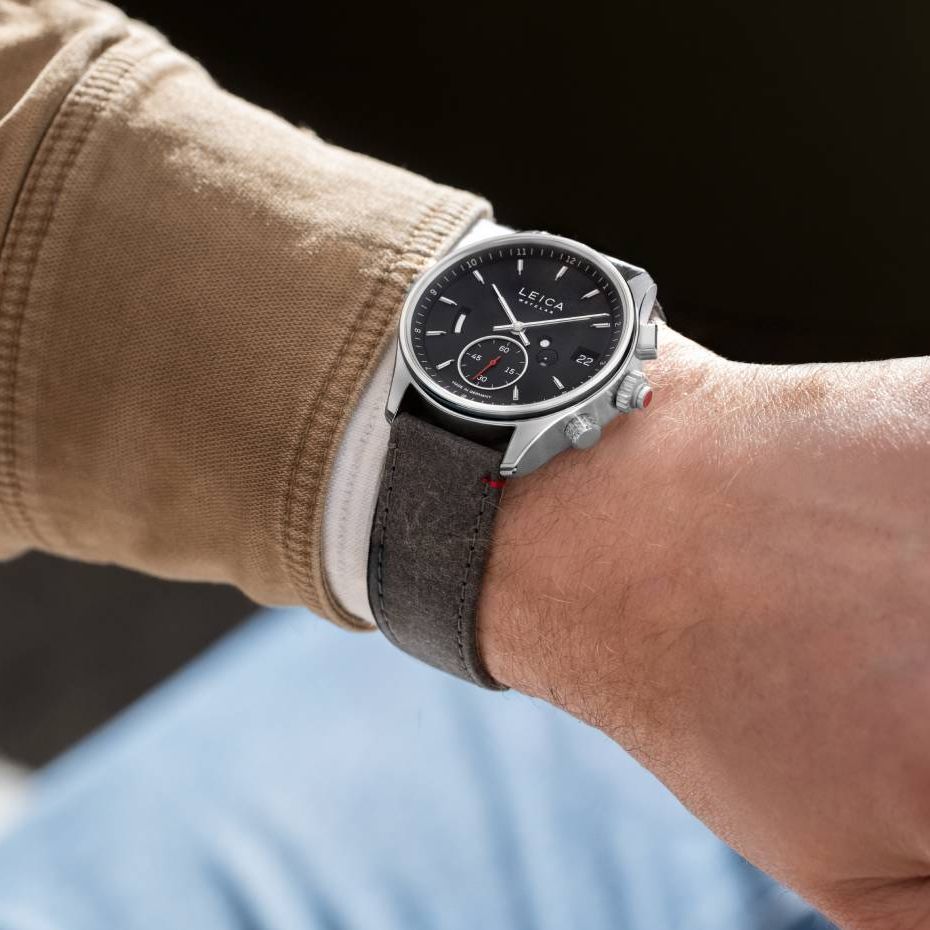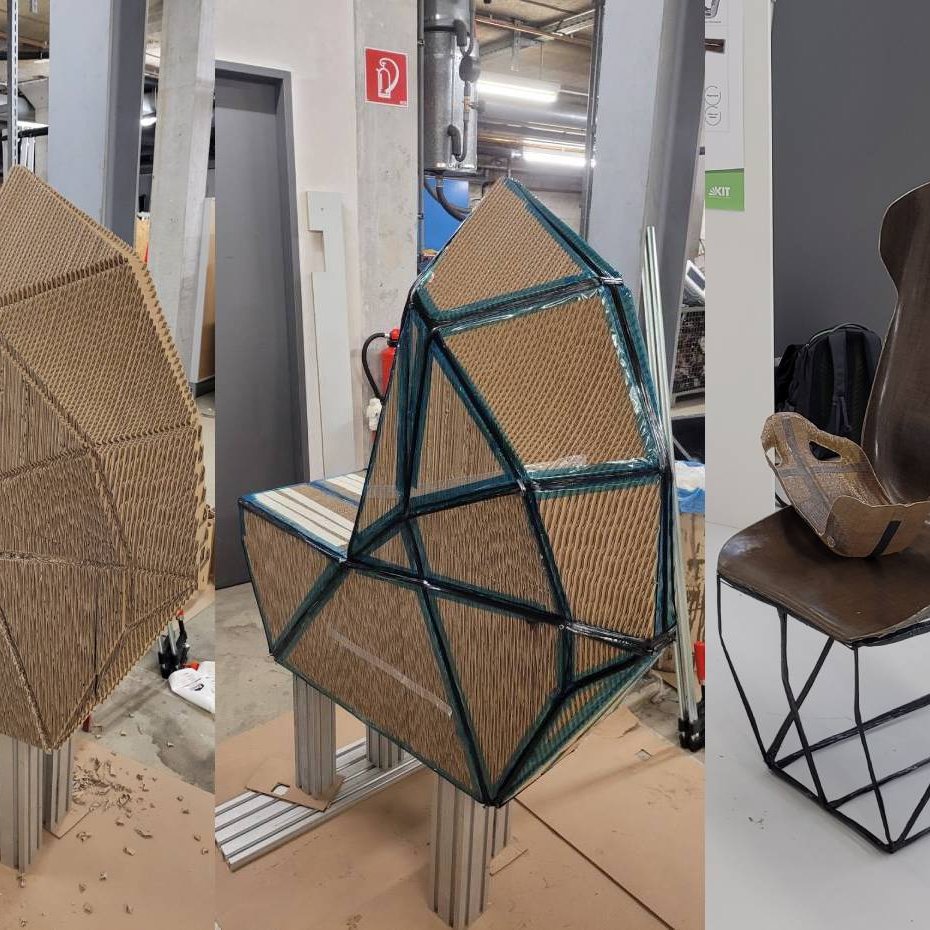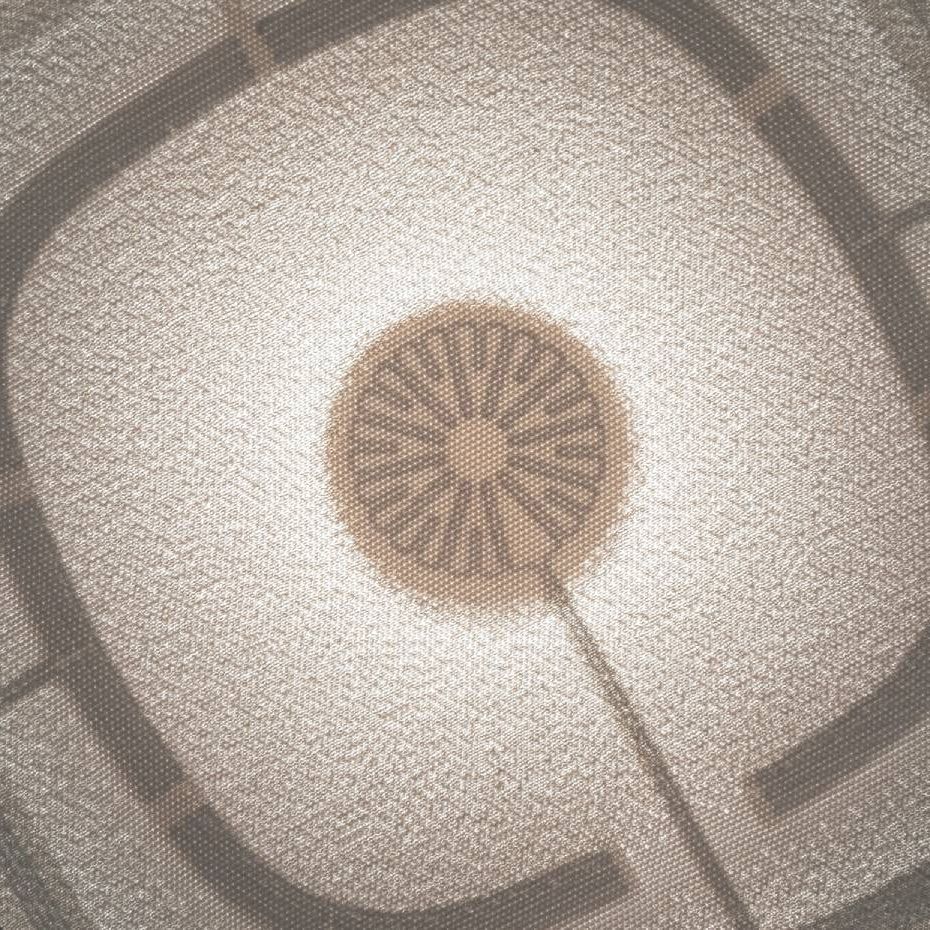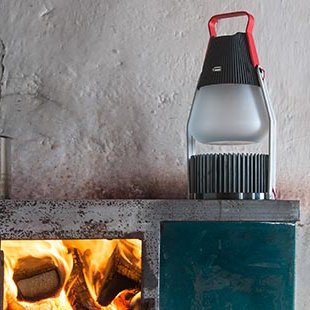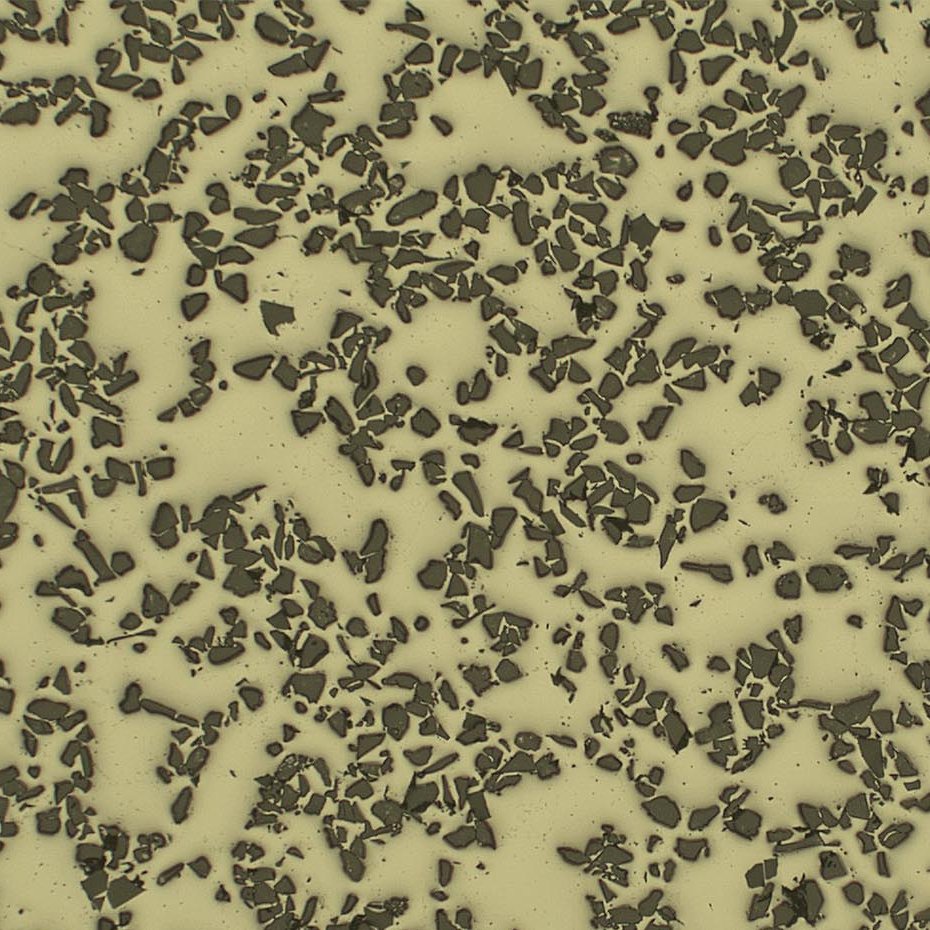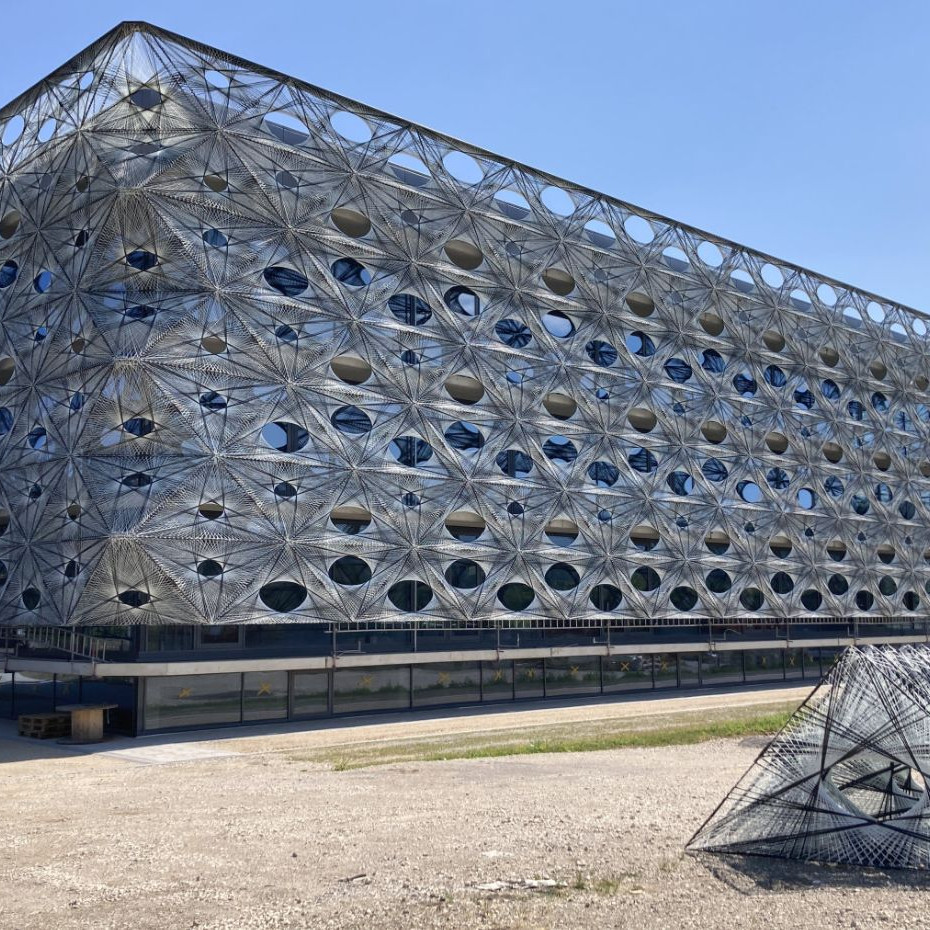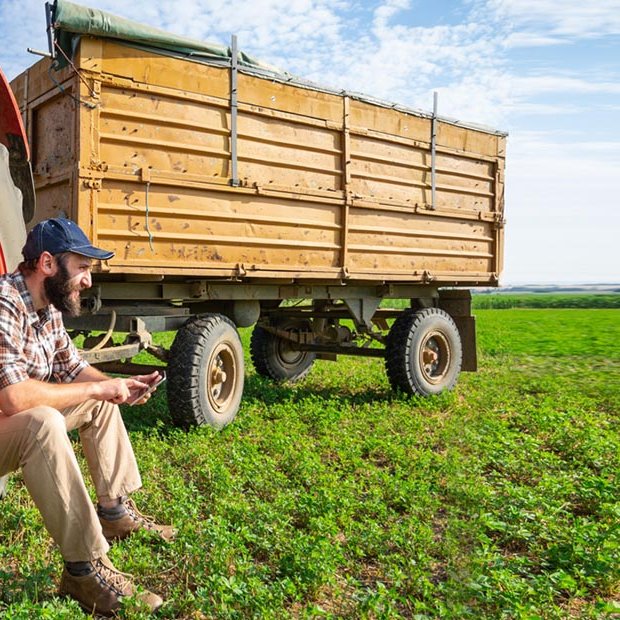
Sustainable Design Materials
Innovation exhibition and evening events for Berlin Design Week 2014
26–30 May 2014, Berlin-Kreuzberg
Location: Haute Innovation Circle
Partner: VDID
Materials selection and presentation: Dr. Sascha Peters
Inspired by a resurging environmental consciousness in society, both designers and materials manufacturers are looking for alternative materials designed from natural substances. With extraordinary speed, companies are now concerning themselves with something that environmental organizations have been advocating for years, namely renouncing petrochemical products and thinking in closed cycles.
In the exhibition we will present material innovation of the last years, that will reflect the biological diversification of nature, that show new ways of dealing with natural resources and that saves ressources in light weight structures.
Highlights of the exhibition were:
– Terra design furniture (Adital Ela, Tel Aviv)
– Peanut shell board (University Bern, Switzerland)
– Folded sandwich core material (Foldcore, Stuttgart)
– Bamboo concrete (Future Cities Laboratory, ETH Zürich, Singapore)
– istraw construction panels (TVB Marcel Burgstaller, Kirchanschöring)
– RoboFold (RoboFold, London)
– Maize cob board (University of Nigeria)
– Pine needle textile (Katharina Jebsen, Leipzig)
– Fish Scales Plastic (Erik de Laurens, London)
– OSSB wheat straw panels (NovoFiber, China)
– LignoTUBE – leightweight wooden tubes (Lignotube,Dresden)
– Sand Packaging (alien & monkey, Barcelona)
– Rhabarberleder (deepmello, Bernburg/Berlin)
– Mycelium Chair (Eric Klarenbeek, Amsterdam)
– Bark acoustic panels (Strasser AG Thun, Switzerland)
– Sugar Break – edible tabe ware (Diana Drewes, Berlin)
– Well Proven Chair (James Shaw, Marjan van Aubel, London)
– VVIO nettle composite material (Studio Besau-Marguerre, Hamburg)
– WPC dishware (Kupilka, Finland)
– Metawell lightweight sandwich panels (Metawell, Neuburg/Donau)
– VESTAMID Terra bio-based polyamide (Evonik Industries, Marl)
– Nap core – multifunctional lightweight material (Innomat, Berlin)
Natural and bio-based materials for sustainable design
evening event, 26 May 2014, 18:00–21:00
The evening event focuses on innovative materials based on renewable resources. The speakers reflect the biological diversification of nature and show new ways of dealing with natural resources. A special emphasis is placed on innovation with biological growth processes. Textiles with pine needles, plastics from milk proteins or bio-inspired adhesives with self-healing properties are some prominent examples of a trend that will gain momentum in the coming years.
Program
“Sustainable Design Materials – Die Biologisierung der Industrie”, Dr. Sascha Peters (HAUTE INNOVATION)
“OSSB und iStraw – Innovative Strohmaterialien für Architektur und Design”, Marcel Burgstaller (TVB Marcel Burgstaller, Kirchanschöring); Günther Möller (NovoFiber Europe)
“Rhabarberleder – Ökologisches Gerben mit Extrakten der Rhabarberpflanze”, Dr. Anne-Christin Bansleben (deepmello)
“Kiefernnadeltextil – Neue Möglichkeiten zur Verwendung ökologischer Abfälle aus dem Wald”, Katharina Jebsen (Designerin, Leipzig)
“Neues Verpacken – Exkurs in die Molekularküche”, Diana Drewes (Designerin, Berlin)
Lightweight materials for resource efficient products
evening event, 27 May 2014, 18:00–21:00
Today, ever scarcer resources are compelling manufacturers of materials to enhance the efficiency of those they offer and to support sustainable product and industrial design by lowering the materials’ weight – this can take the form of folds, crystal-like structures, sinusshaped honeycombs, ring elements, or foamed sections. Developers and designers show their lightweight solutions and provide insights into the future of a resource-efficient industrial culture.
Program
“Naturfasereinsatz im Leichtbau”, Dr. Christian Dreyer (Fraunhofer PYCO)
“Noppenwaben und strukturierte Thermoplaste in modernen Designanwendungen”, Annette Bauer (InnoMat GmbH)
“FoldCore – Origami inspirierter Faltprozess”, Dr. Yves Klett (Foldcore GmbH)
“LignoTubes – Furnierverbundrohre für den ökologischen Leichtbau”, Robert Taranczewski (LignoTUBE technologies)
“Leichtbau mit Wölbstrukturen nach dem Vorbild der Natur”, Prof. Dr. Mirtsch (Dr. Mirtsch Wölbstrukturierung GmbH)
image: Mycelium Chair (design: Eric Klarenbeek)
Leica watch strap made of
26 November 2025
Leica is now offering a hemp strap for mechanical watches made from LOVR. LOVR…
Natural fiber reinforced car seat
22 October 2023
The focus of the project "Design for Recycling" is a seat shell that is made…
Liquid Metal Dispensing
28 August 2025
By embedding conductive liquid metals in stretchable textiles and soft…
Furniture for the additive mass production
10 August 2024
The Swedish interior agency "Industrial Poetry" has investigated the inherent…
IGNIS – Light from waste heat energy
12 August 2020
The availability of affordable, independent and, above all, clean electrical…
Brake disc with reduced fine dust
21 April 2021
Fine dust endangers our health. One of the main sources is traffic, especially…
Texoversum
15 July 2023
With the "Texoversum", Reutlingen University has put into operation a training…
Bolometer chips for precise power measurement in fusion reactors
11 April 2025
At Fraunhofer IMM, a so-called bolometer chip was developed for precise power…
Xarvio – Digital Farming
8 January 2021
BASF Digital Farming GmbH has received the renowned Crop Science Award for the…
